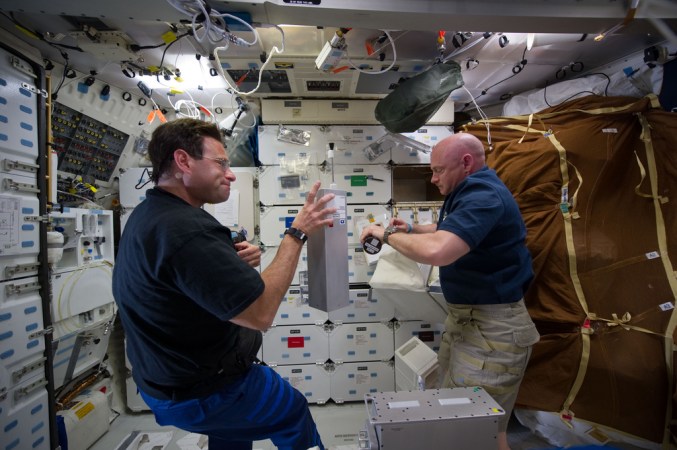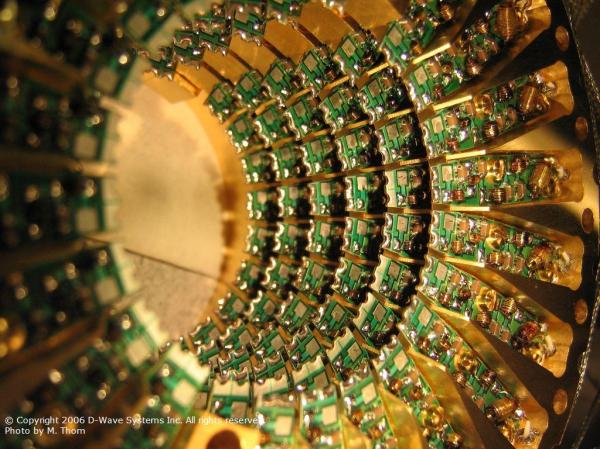

Space shuttle Atlantis, which only five months ago flew the final mission of NASA’s 30-year shuttle program, is now being prepared for its public display at the Kennedy Space Center Visitor Complex in Florida. That means, sadly, that Atlantis is scheduled to be powered down for the very last time this week. Its insides are being shamelessly pulled out to ensure it’s safe for exhibit–it’s important to lighten the shuttle’s weight, since it’ll be displayed on a steep angle at Kennedy.
collectSPACE.com had the rare opportunity recently to tour Atlantis and photograph its preparation for display. This is one of the last times anyone will be able to capture Atlantis’s glass cockpit all lit up like this–and you’re privy to the pictures.
Click to launch the gallery.
The following photo gallery starts on Atlantis’ flight deck, and then proceeds to its now mostly empty middeck, out into and above the 60-foot payload bay, and then around and under the winged spacecraft.
These photographs were taken inside Orbiter Processing Facility-2 (OPF-2) at the Kennedy Space Center, where access platforms envelop Atlantis.
This post was syndicated from collectSPACE, the leading news source and online community for space history enthusiasts. The full post can be read here, with even more photos.
































